Exhibitions
Upcoming Exhibition
On the 120th Anniversary of His Birth: Salvidor Dalí — Secrets to His Genius
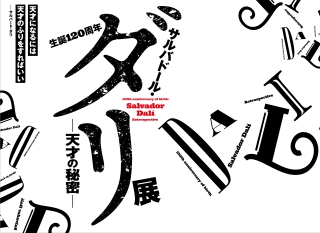
Marking the 120th anniversary of Dalí's birth and the 100th anniversary of the Surrealist Manifesto, this exhibition provides an overview of Dalí's life, focusing on works from the collection from the Morohashi Museum of Modern Art. Exploring the 'Surrealist Dalí' that captivated audience and the complex and sensitive inner life of the 'Human Dalí' that existed underneath, the exhibition seeks to reveal what kind of artist Dalí was through some 70 works and related materials.
- Period
- Fri 22nd Nov 2024 - Sun 19th Jan 2025
- Venue
- Gallery A (1st floor)
Collection Exhibition IV: Images of the Spirit
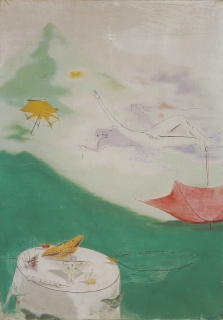
In line with the exhibition: '120th anniversary of the birth of Salvador Dalí', this exhibition introduces artworks from the collection that capture the inner spirit of the human mind.
- Period
- Sat 30th Nov 2024 - Mon 27th Jan 2025
- Venue
- Collection Gallery(3rd floor)
SHONO SHOUNSAI RETROSPECTIVE
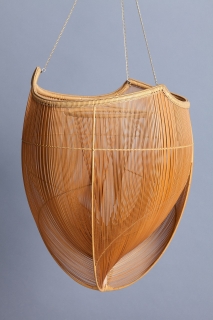
Shounsai Shono was the first living National Treasure in the field of bamboo art. This exhibition commemorates the 120th anniversary of his birth and the 50th anniversary of his death, presenting a complete overview of his work. Introducing the development of a wide range of his styles - from his early works in the Chinese style, to more technical works that incorporate comb-weaving into classical compositions, the exhibition also features sculptural works that boldly use this technique, and others from his later years that utilise the simple beauty of bamboo.
- Period
- Sat 7th Dec 2024 - Thu 23rd Jan 2025
- Venue
- Gallery B (3rd floor)
Collection Exhibition V: When Flowers Bloom
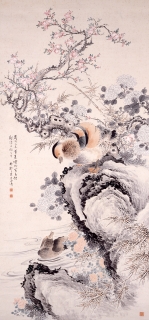
Chikuson Tajika 《A Pair of Mandarin Ducks in the Spring Pond》
In the season when fresh green comes to life and flower buds begin to unfurl, peach blossom and cherry blossom viewing events are of great cultural importance to the Japanese mindset. This exhibition presents flower-related artworks by the artists from Oita Prefecture.
- Period
- Fri 31st Jan - Mon 31st Mar 2025
- Venue
- Collection Gallery(3rd floor)
THE CABIN COMPANY Picture Book Art Exhibition `Children and Hall's Hymn'
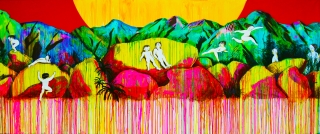
THE CABIN COMPANY is a duo of picture book writers & artists Kentaro Abe and Saki Yoshioka, who utilise a closed school in Oita Prefecture as their studio, where they create a variety of works on a daily basis. The exhibition displays the full range of their creative activities, including more than 40 picture books, three-dimensional works and stage art, which they have been producing since the unit was formed in 2009.
- Period
- Fri 7th Feb - Sun 13th Apr 2025
- Venue
- Gallery A (1st floor)


